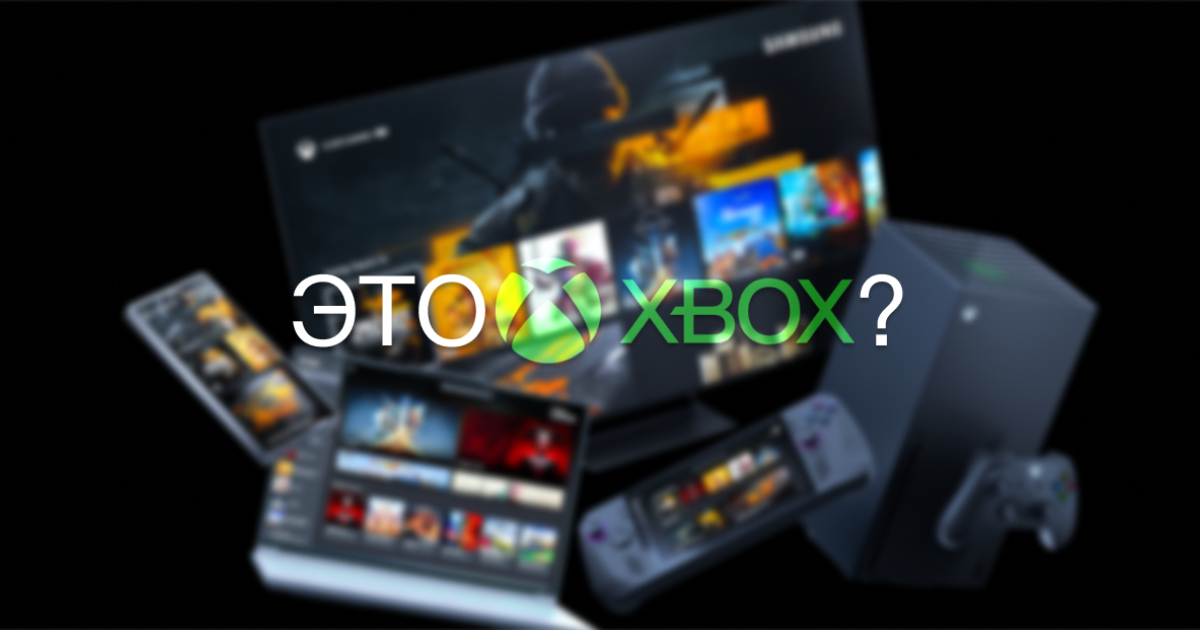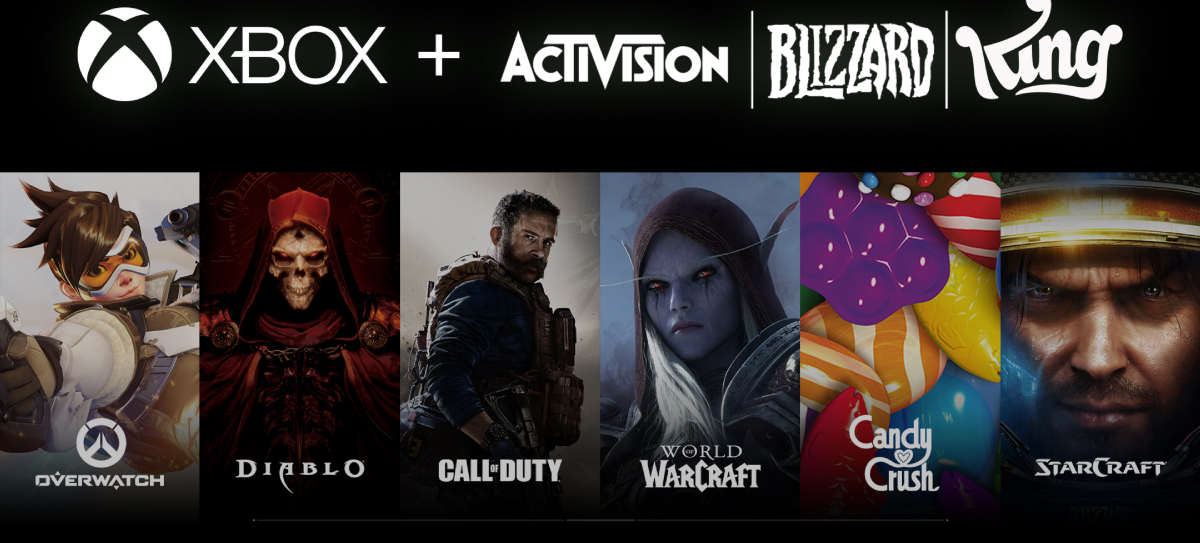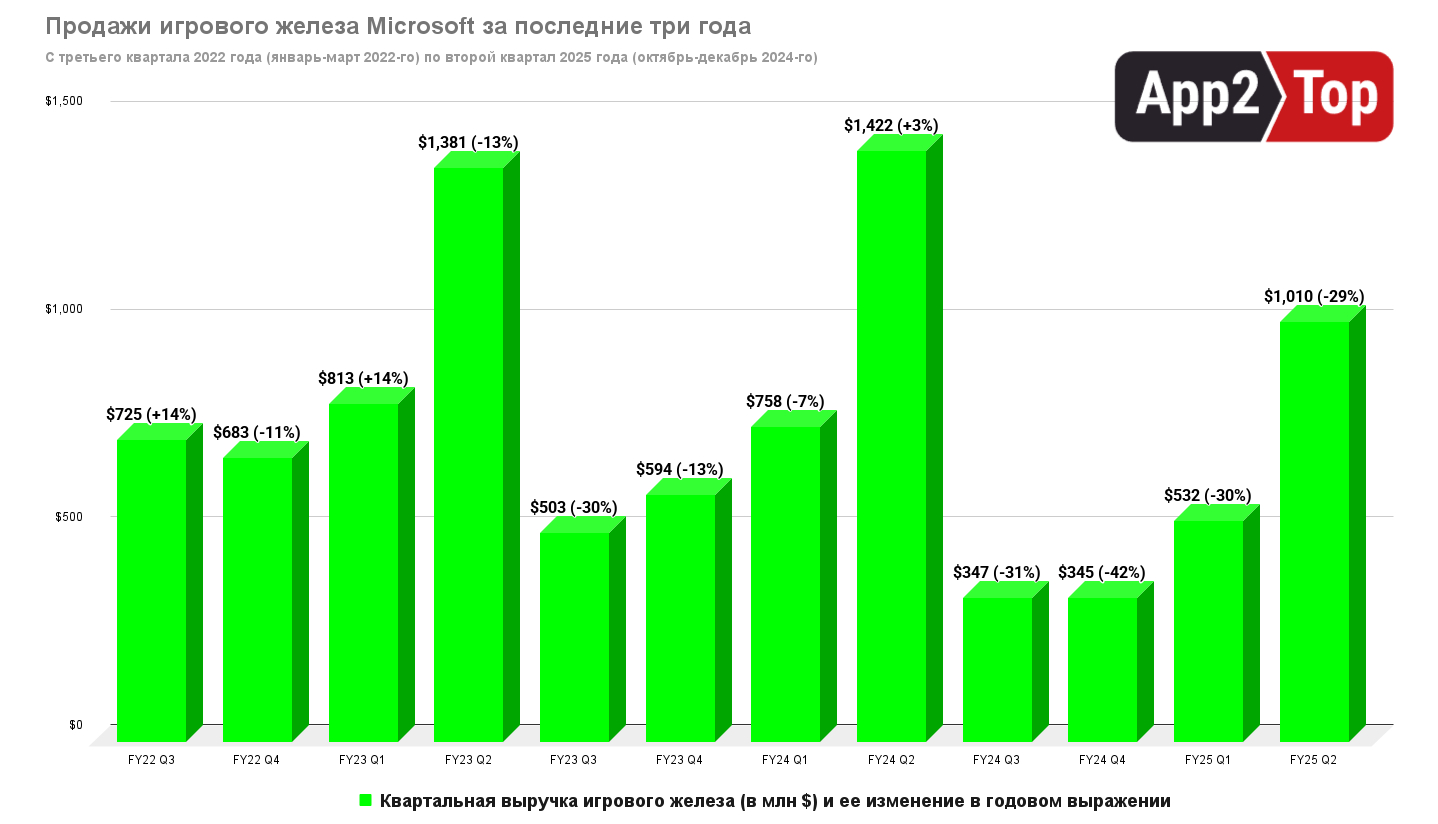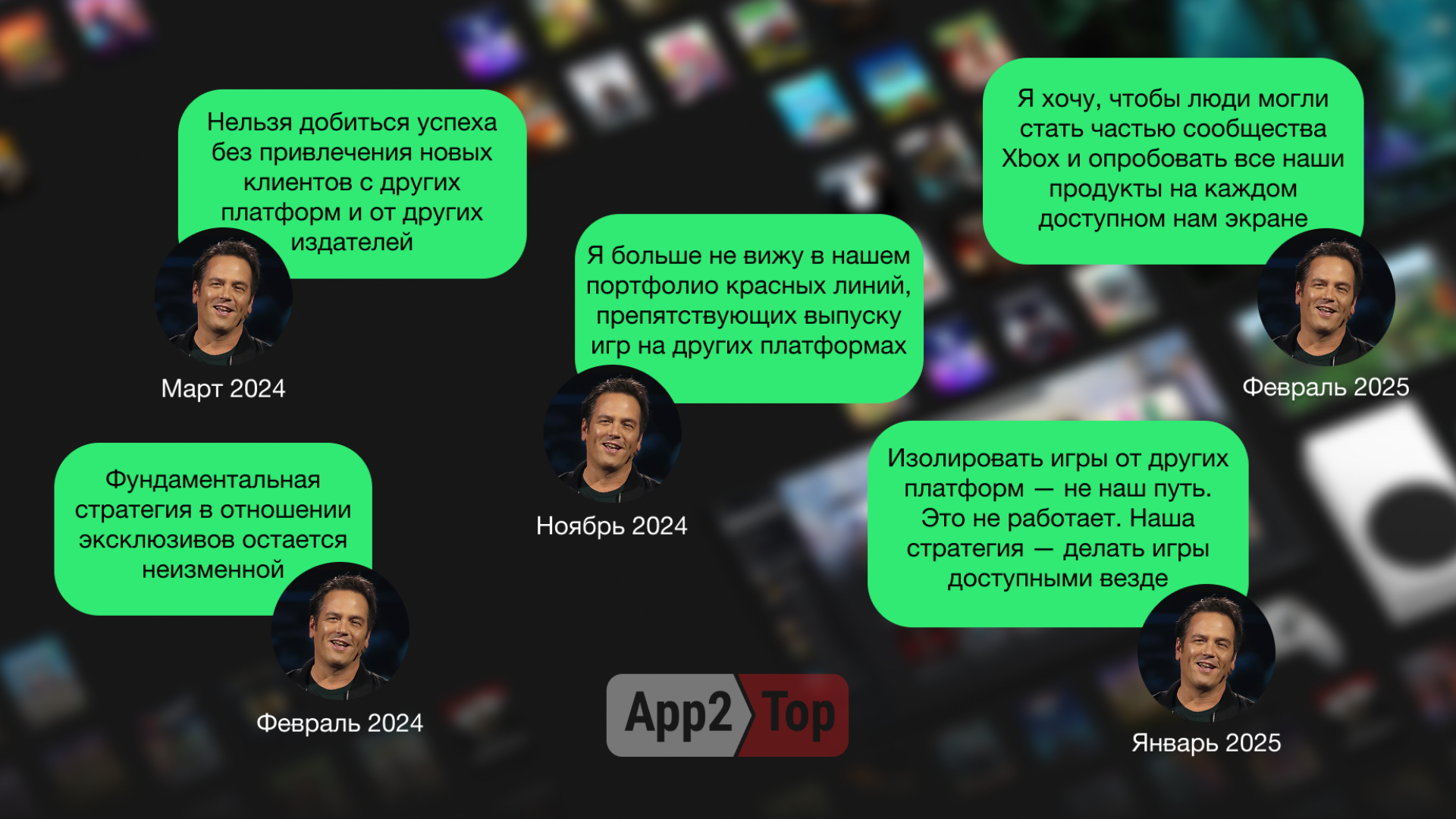"Is this Xbox?": How Microsoft Became a Multiplatform Publisher Still Searching for Its Identity
Today, the Xbox brand is no longer associated with a single console, and the company itself is steadily shedding its role as a traditional platform holder. This strategy may be the only winning path for Microsoft Gaming. However, in its pursuit of being present on every existing screen, there is a risk of not establishing itself on any one of them.
Contents:
- How the Purchase of Activision Blizzard Changed Everything;
- "Play Everywhere": Microsoft Enters the Multiplatform Era;
- Rebuilding the Xbox Ecosystem: Why Game Pass Is Not a Panacea.
How the Purchase of Activision Blizzard Changed Everything
Microsoft's current transformation in the gaming business is directly linked to Phil Spencer, a veteran of the company who climbed the career ladder and witnessed the launch of the very first Xbox. In 2014, Satya Nadella appointed him to lead the entire gaming division of the corporation with the task of making it profitable.
Looking back, aggressive M&A strategies and investments in new services became key components. Under Spencer's leadership, Microsoft launched Game Pass and began developing cloud gaming. Also, since 2014, Xbox has integrated over a dozen new studios, including Ninja Theory, Obsidian Entertainment, inXile, Double Fine, and many others.
Among the key acquisitions under Spencer's leadership were the purchase of Mojang for $2.5 billion, acquisition of ZeniMax Media for $8.5 billion, and the record-breaking acquisition of Activision Blizzard King for the gaming industry.
The purchase of Activision Blizzard, accompanied by legal processes and regulatory pressures, became a turning point for Xbox. The deal, with a final cost surpassing $75 billion, necessitated a reorganization of Microsoft's entire gaming business.
In 2022, the company established a new Microsoft Gaming structure to manage the expanded gaming division, including Xbox Game Studios, ZeniMax, and the yet-to-be-acquired Activision Blizzard. Spencer became the CEO, and after subsequent reshuffles, two other executives were appointed under him — Sarah Bond as president of Xbox and Matt Booty as head of studios and game content.
The restructuring did not happen without mass layoffs, which were inevitable after such a major deal, especially amid the stagnant growth of Xbox. In 2024, Microsoft Gaming cut almost 3,000 jobs, including closing studios like Tango Gameworks and Arkane Austin.
Importantly, by the second half of the current console generation, Microsoft had definitively lost in the hardware field. 52 months after launch, Xbox Series X|S sales in the U.S. lag behind even the poorly performing Xbox One by 19% for the same period. In comparison, PlayStation 5 is outpacing PS4 by 7%. Globally, Xbox Series is trailing PS5 by more than double.
The only way out for Microsoft was to invest in other areas.
Amassing dozens of brands within its ecosystem, the company set its course toward developing its content and service business. By early 2025, Xbox has fully transitioned into a multiplatform publisher, forgoing direct competition with Sony and Nintendo by the old rules of the console market.
Due to the revised course, Microsoft now has to rebuild its brand identity and explain the essence of the Xbox ecosystem to users anew.
Microsoft's Gaming Business in Numbers
- Xbox — an underdog in the console market: for the last four quarters, Microsoft's gaming hardware revenue has consistently fallen (see chart above). Sony managed to counter the general decline in console sales with the PS5 Pro, while Nintendo prepares for the launch of Switch 2. Xbox, meanwhile, has to rely solely on content and services.
- Microsoft boasts 20 franchises with revenue exceeding $1 billion, including Halo, Diablo, Elder Scrolls, Warcraft, Candy Crush, Gears of War, and Call of Duty.
- Thanks to the release of Call of Duty: Black Ops 6, Microsoft became the largest game publisher in the world on PC and consoles by the end of December 2024 — in a month, users spent $465 million on its products. In comparison, the second place went to Electronic Arts ($366 million).
- In December, 64% of user spending on Microsoft games was on PlayStation. Again, thanks to Call of Duty's multiplatform nature.
- Xbox continues to port titles from internal studios to PlayStation 5: this year, Sony users will receive Age of Mythology: Retold, Indiana Jones and the Great Circle, Age of Empires II: Definitive Edition, and Forza Horizon 5.
- At least five new 2025 releases will launch simultaneously on Xbox, PC, and PS5: Doom: The Dark Ages, Tony Hawk’s Pro Skater 3+4, Ninja Gaiden 4, The Outer Worlds 2, and an unannounced new Call of Duty installment.
- Game Pass audience exceeds 34 million (as of February 2024): growth of the service on consoles has virtually stopped, but it remains one of the key elements of Microsoft's gaming business. A couple of years ago, the company highlighted that it spends a billion dollars annually on attracting third-party games to the subscription.
- Cloud gaming accounts for a double-digit percentage of the total hours spent in the Xbox ecosystem.
- In 2025, the first portable PC under the Xbox brand will be released — ASUS is named as the manufacturer, and the device itself will showcase the capabilities of the unified Windows and Xbox ecosystem.
"Play Everywhere": Microsoft Enters the Multiplatform Era
Key points from Phil Spencer's statements illustrating the changes in Xbox's strategy regarding the release of exclusives on other platforms




